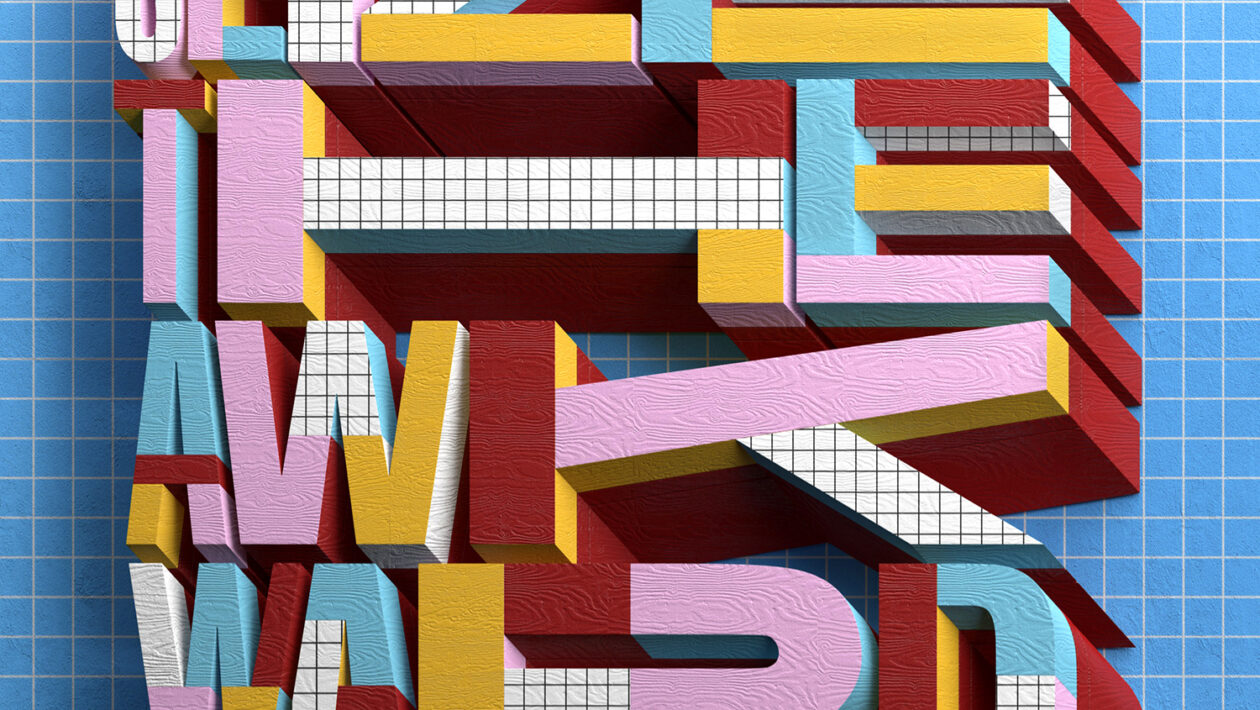In the world of typography, fonts are like the clothing of your written content. Just as choosing an outfit conveys a message about your personality and style, selecting a font for your design speaks volumes about the tone and identity of your message. Among the rich tapestry of fonts, one category stands out for its modern, clean, and minimalist appearance: Sans Serif fonts. In this exploration, we’ll unravel the essence of sans serif fonts and why they have become emblematic of contemporary design.
The Roots of Sans Serif:
To understand the sans serif, we need to first decipher the term itself. “Sans” is a French word that translates to “without,” and “serif” refers to the decorative strokes found at the end of letters in serif fonts. Hence, sans serif fonts are those “without serifs.” This absence of decorative strokes gives them their distinct and minimalist appearance.
The Simplicity of Sans Serif Fonts:
The fundamental hallmark of sans serif fonts is simplicity. This simplicity is evident in several aspects:
- Clean Lines: Sans serif fonts are characterized by uniform stroke thickness and clean lines. This straightforwardness is what grants them their modern aesthetic.
- Readability: Their lack of decorative flourishes makes them highly legible, particularly at smaller font sizes. This readability has earned them a prime spot in digital content, where clarity is essential.
- Versatility: Sans serif fonts are inherently versatile. They can be used in various design contexts, from websites and corporate documents to signage and print media.
- Contemporary Appeal: With their minimalist charm, sans serif fonts reflect the zeitgeist of our digital age, making them the go-to choice for brands and designers looking to communicate modernity and simplicity.
The Role of Sans Serif Fonts in Digital Design:
In an era dominated by digital content, the role of sans serif fonts has expanded significantly:
- Web Design: Due to their clean and clear appearance, sans serif fonts are often the preferred choice for web content. They are especially valuable for body text and navigation menus.
- User Interface (UI) Design: In the world of app and software design, sans serif fonts are instrumental. Their modern aesthetic is in harmony with the sleek appearance of digital interfaces.
- Branding: Companies seeking to convey a modern and minimalist image often opt for sans serif fonts in their logos and branding materials.
Sans Serif Variations:
Just like serif fonts, sans serif fonts come in various subcategories:
- Grotesque Sans Serif: This category features fonts like Helvetica and Arial, known for their clean lines and neutral appearance.
- Neo-Grotesque Sans Serif: These are modernized versions of grotesque fonts, exuding an even cleaner and more minimalist style.
- Humanist Sans Serif: With slightly more calligraphic qualities, humanist sans serif fonts bridge the gap between sans serif and serif.
Conclusion:
The appeal of sans serif fonts lies in their understated simplicity. In a world of information overload, their clear lines and legibility are akin to a breath of fresh air. These fonts have become the silent heroes of modern design, embodying the essence of clarity and adaptability. In a visual landscape where less is often more, sans serif fonts speak loudly through their clean and straightforward appearance. Whether you’re designing a cutting-edge website, a sleek app, or just want your message to be crisply understood, you’ll find an ally in the timeless elegance of sans serif fonts.


